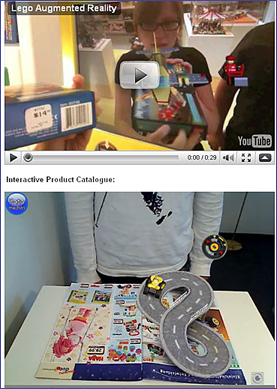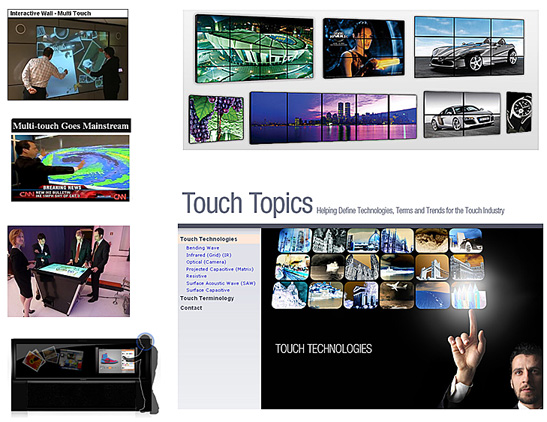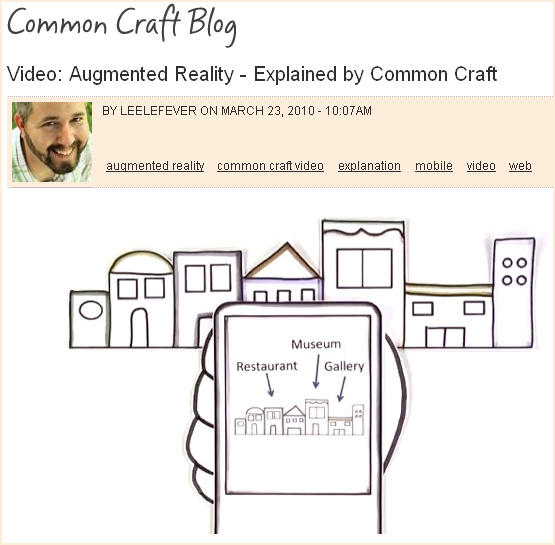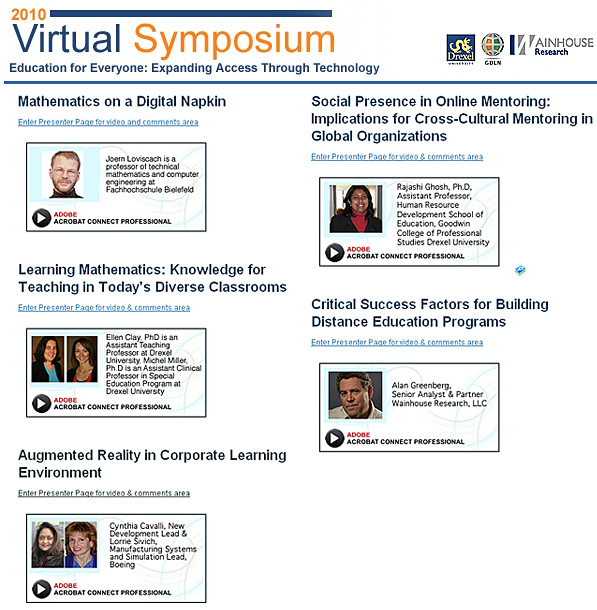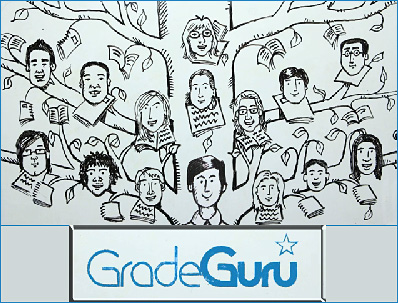Zooburst — from eduTecher
ZooBurst is a digital storytelling tool that is designed to let anyone easily create their own customized 3D pop-up books. This is a wonderful way to practice and teach writing as well and it is incredibly cool as well. All you need is a web cam to turn on the augmented reality features that are really awesome. A great site for young writers.











